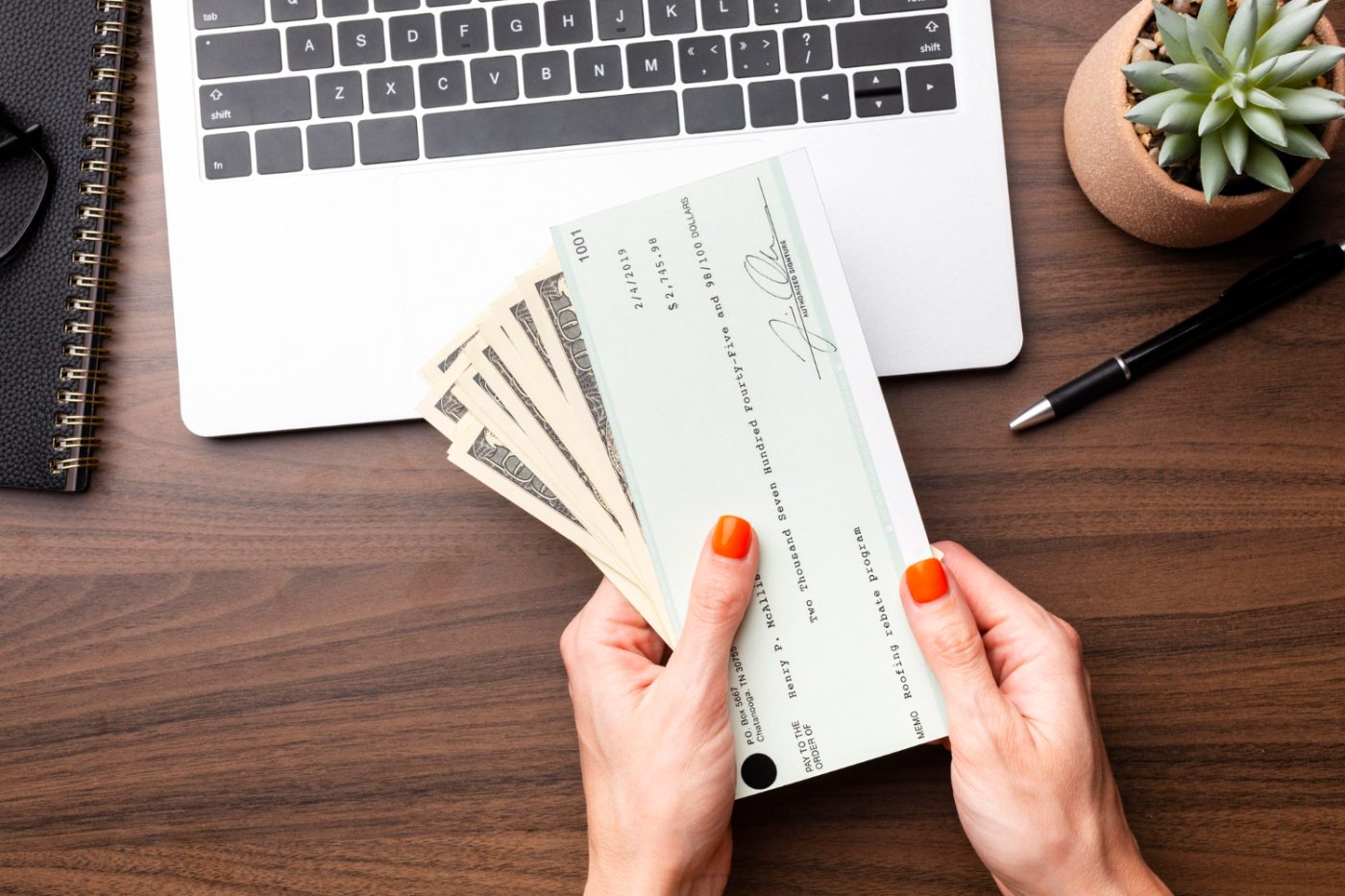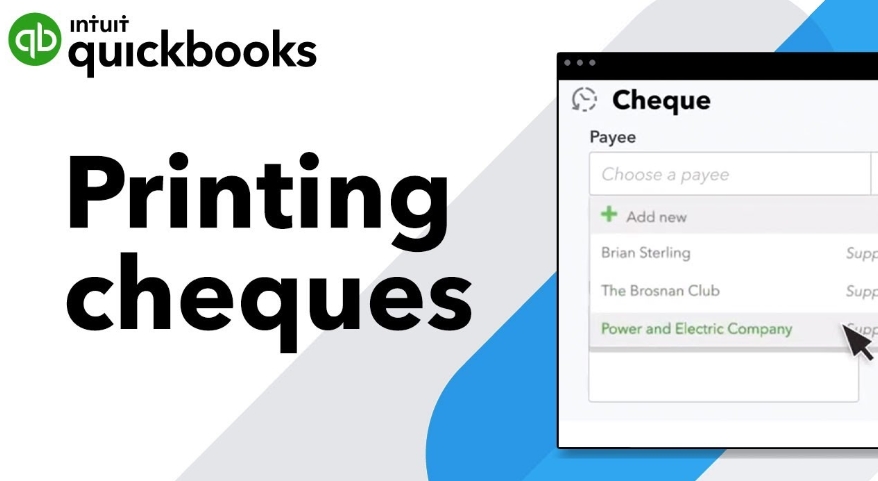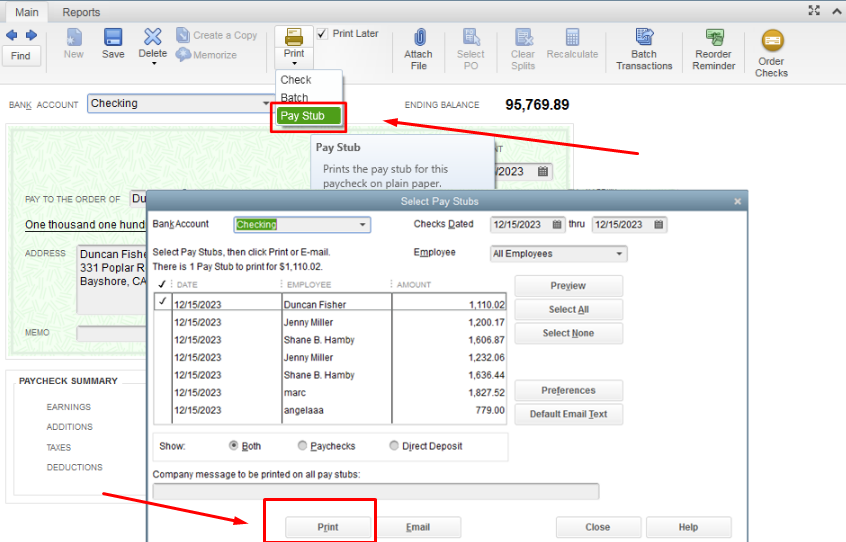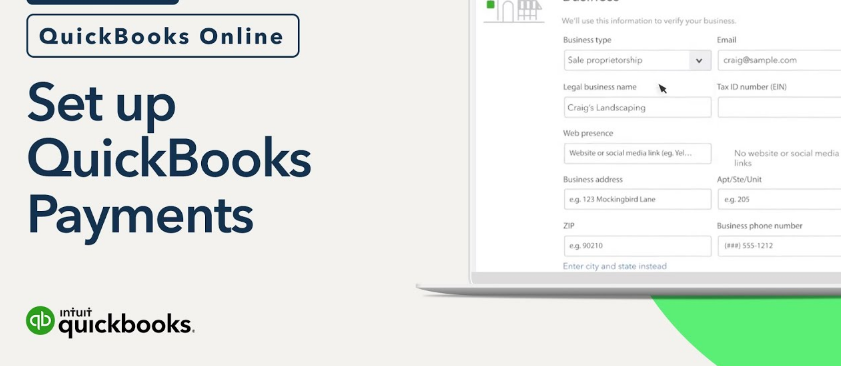How does a money order work? Understand if it’s a good option

Anúncios
Money orders can be a convenient alternative to checks or cash, especially for those who need a secure and traceable way to make payments.
However, before deciding to use one, it is important to understand how they work, their advantages and disadvantages, and when they are the best options for your financial needs.
Anúncios
What is a money order and what is it used for?
A money order is a prepaid document, similar to a check, that allows people to send or receive money safely.
It is a reliable form of payment, often used by those who don’t have a bank account or prefer not to use personal checks.
Anúncios
To purchase a money order, you must pay the full amount upfront, usually with cash or a debit card.
The amount is printed on the money order and is guaranteed, meaning the recipient is assured of receiving the amount as long as the money order is valid.
Money orders are commonly used to pay bills, send money through the mail, or make payments where cash or personal checks are not accepted.
Since they don’t contain personal banking information, such as an account or routing number, they offer an additional layer of security for the payer.
How does a money order work in practice?
When you purchase a money order, you are essentially pre-paying the amount, which is then issued as a secure form of payment. Here’s how it works step by step:
- Purchase: You can buy money orders in various locations, including post offices, supermarkets, and financial institutions. You must pay the amount upfront, usually in cash or via debit card, along with a small fee for the service.
- Filling out: After purchasing, you must fill in the recipient’s name and your own name. This step is essential to ensure that only the intended recipient can cash or deposit the money order.
- Sending or delivering: Once you have completed the money order, you can hand it over in person or send it by mail, as they are commonly used for remote payments.
- Cashing: The recipient can then cash or deposit the money order at a bank or credit union. Alternatively, it can be cashed at certain retailers, such as supermarkets, for a fee.

Where to buy a money order?
Money orders are widely available in several locations. The most common places to purchase them include:
- Post offices: The U.S. Postal Service offers money orders and is one of the most trusted providers. USPS charges reasonable fees and also offers international money orders.
- Banks and credit unions: Many financial institutions provide money orders for both customers and non-customers. Banks tend to charge higher fees but are a reliable option, especially if you need a larger denomination.
- Retail stores and convenience stores: Large retail chains, such as Walmart, and local convenience stores also sell money orders, often at a lower price than banks.
- Money transfer services: Companies like Western Union and MoneyGram are popular for issuing money orders, especially for international payments.
How much does a money order cost?
The cost of a money order varies depending on where you buy it and the amount you are sending.
Typically, the fee ranges from $1 to $5 for domestic money orders, but some factors can increase this cost:
- Post offices generally charge between $1.45 and $1.95 for money orders up to $500, with a slightly higher fee for international orders.
- Retail stores, like Walmart, charge around $1, making them one of the most economical options for smaller amounts.
- Banks usually charge higher fees, ranging from $5 to $10, especially if you are not a customer of the institution.
Be mindful of variations in fees depending on the location, and some retailers may have a maximum limit on the amount you can send by money order.

How to fill out a money order?
Filling out a money order correctly is essential to ensure that it can be cashed by the intended recipient. Here are the main steps:
- Recipient information: Write the name of the person or company to whom the money order is being sent. Double-check the spelling, as it cannot be changed once filled out.
- Buyer information: Add your own name as the buyer. Some money orders may require your address or contact details.
- Signature: You will need to sign the money order to authorize it. Be sure to use the correct signature, as any discrepancies may result in delays or rejections.
- Receipt: Keep the receipt attached to the money order until it is cashed. This receipt has a tracking number, which can be used to confirm if the money order has been cashed or to request a replacement if it is lost or stolen.
When is it recommended to use a money order?
Money orders are most recommended in situations where:
- You need a secure payment method: Since they don’t contain personal information, like a check, money orders offer greater security.
- Cash isn’t accepted: Some vendors or landlords may not accept cash for large payments, and personal checks may not be an option. A money order provides a guaranteed form of payment.
- You don’t have a bank account: Money orders are a useful alternative for individuals without a bank account, allowing them to make payments without needing a checking account.
Difference between a money order and a cashier’s check
At first glance, a money order and a cashier’s check (bank check) may seem similar, but there are important differences:
- Issuer: Money orders can be purchased at retail stores, post offices, and banks, while cashier’s checks are only issued by banks and credit unions.
- Fees: Money orders are generally cheaper, with fees around $1 to $5, while cashier’s checks can cost $10 or more.
- Value limit: Money orders typically have a limit of about $1,000, making them suitable for smaller payments. In contrast, cashier’s checks are often used for larger amounts, such as a down payment on a house.

Is it worth using a money order?
Money orders have clear advantages, but they also come with some drawbacks. Here is a summary:
Pros
- Secure and Traceable: Unlike cash, money orders are traceable, providing peace of mind for both sender and recipient.
- No Bank Account Needed: You can buy and send a money order without needing a bank account, which is ideal for those without access to traditional banking services.
- Widely Accepted: They are widely accepted as a form of payment, even by those who do not accept personal checks.
Cons
- Fees: While fees are generally low, they can add up if you need to send multiple money orders or larger sums.
- Value Limit: Most money orders have a maximum limit of $1,000, meaning you may need to buy several for larger payments.
- Inconvenience: Unlike electronic transfers, money orders require you to go to a physical location to purchase and send them.
Money orders provide a safe and reliable way to make payments without the need for a bank account, especially when personal checks or cash are not suitable options.
Despite their limitations, such as fees and value restrictions, they are a great solution in certain situations, particularly for individuals without access to traditional banking services.
Ultimately, the decision to use a money order depends on your specific financial needs and the level of convenience you are seeking.
For more tips on managing payments and finances, explore our blog regularly!





